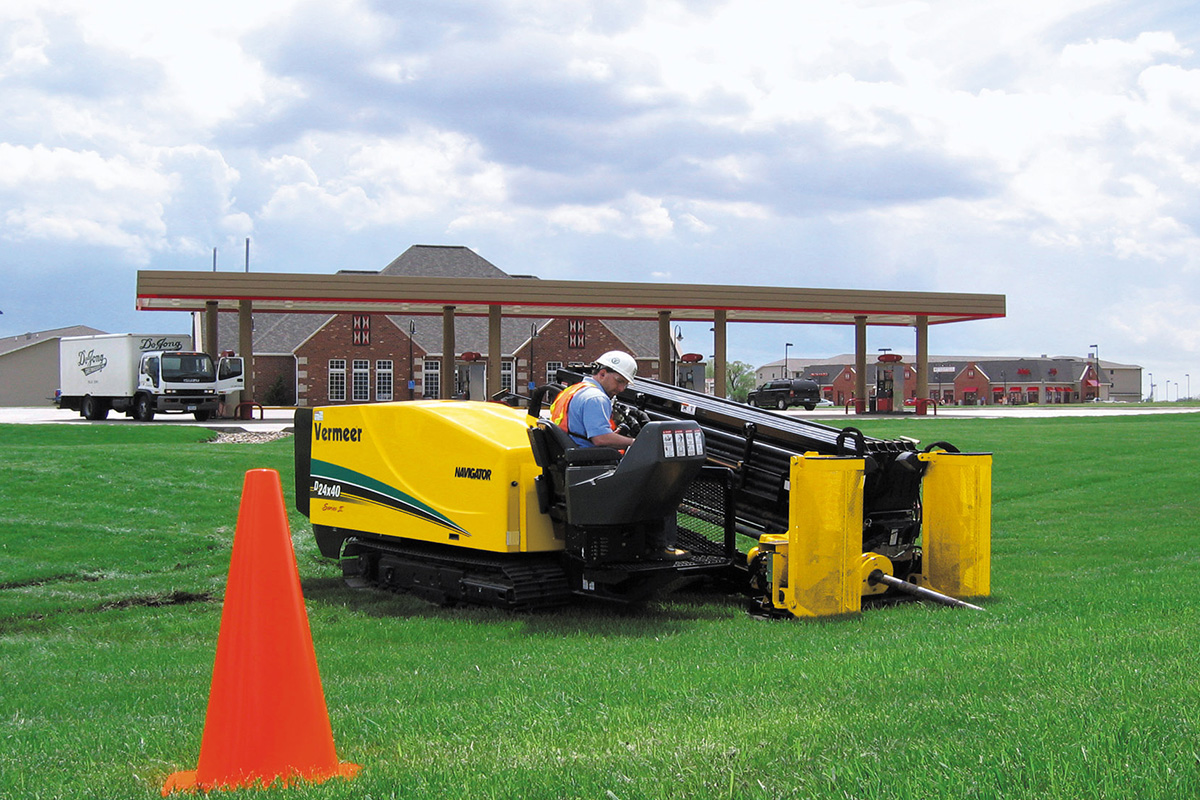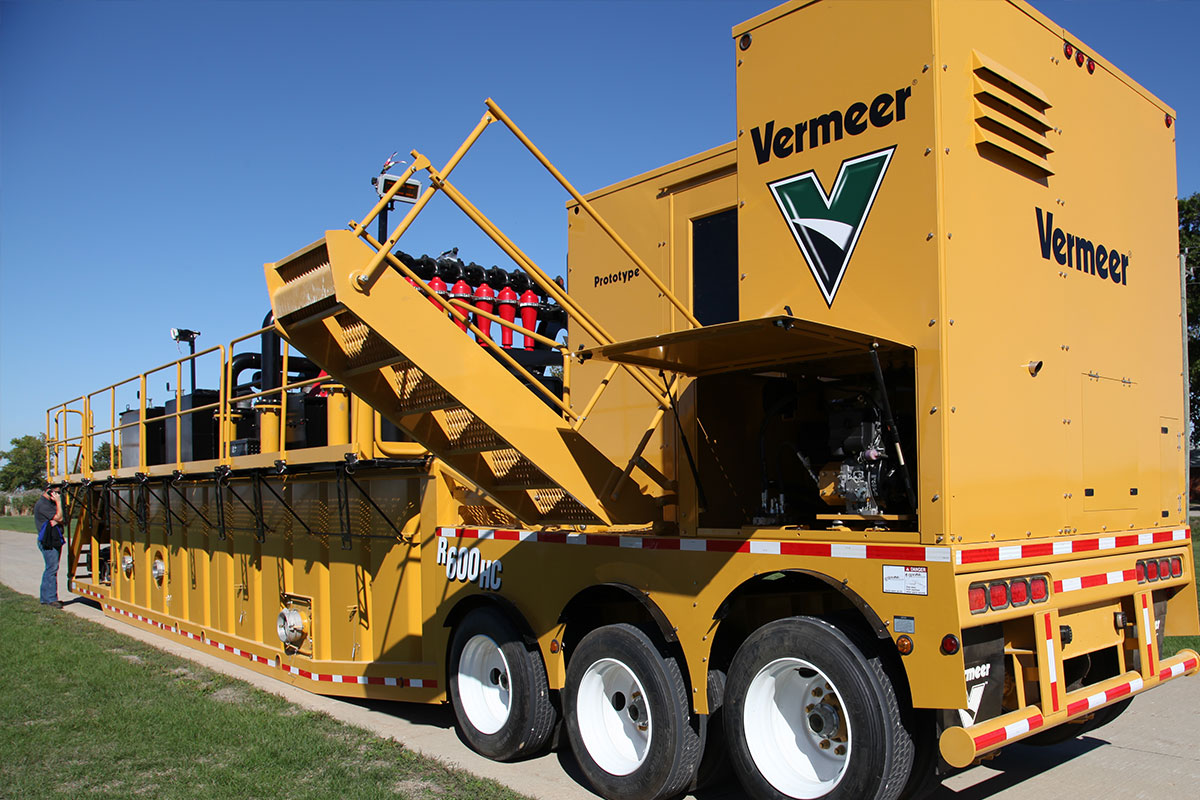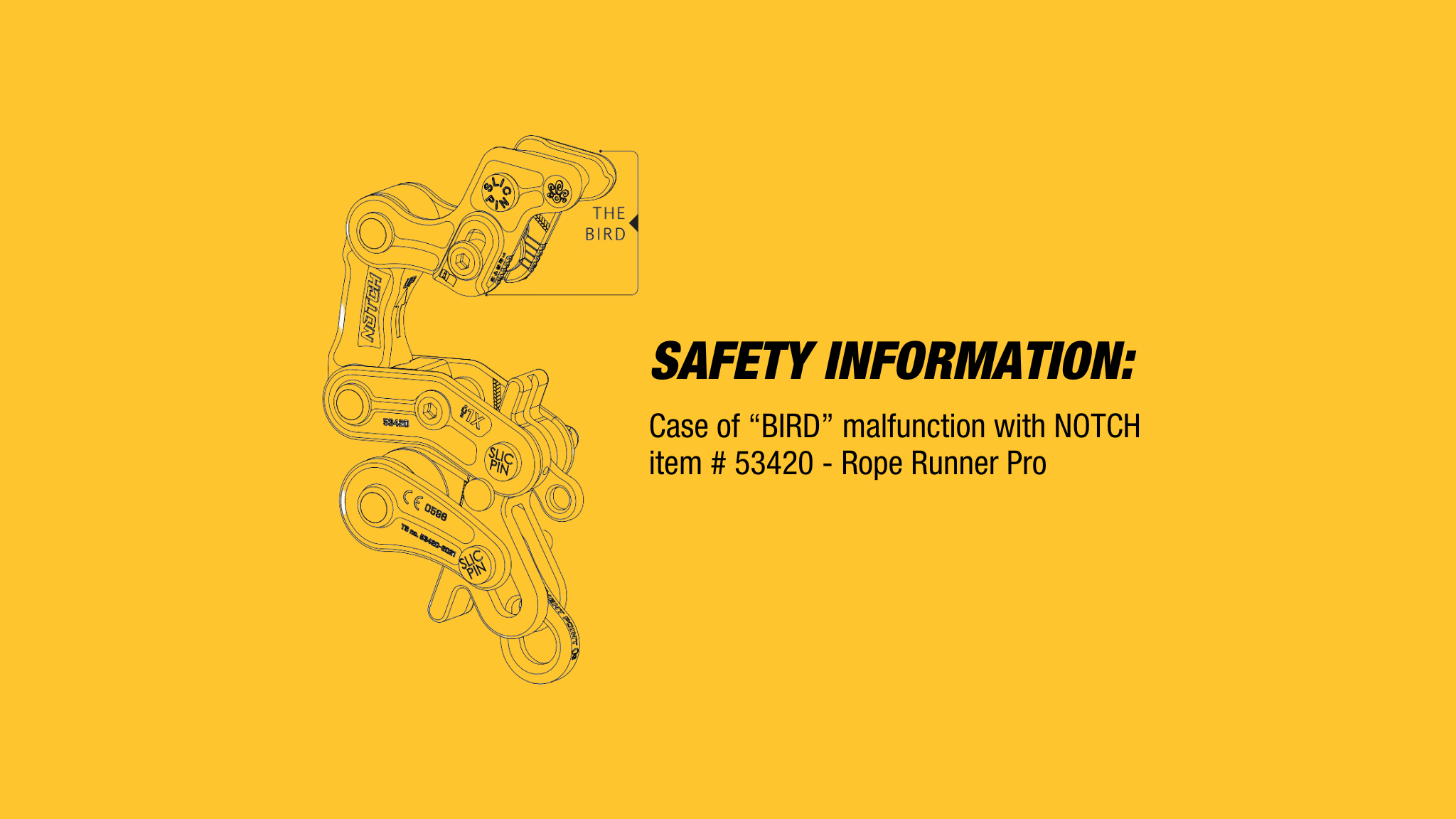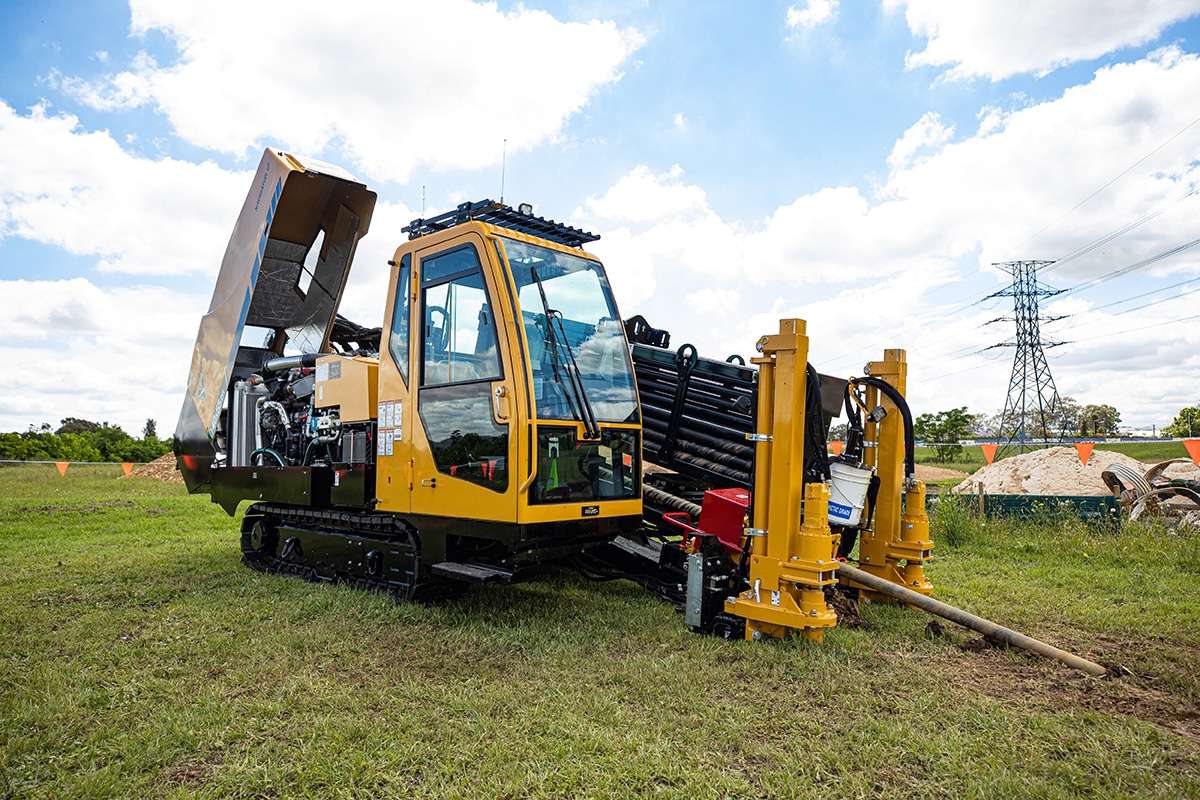The use of trenchless techniques, like HDD, continues to rise in Australia as utilities discover, among others, the environmental benefits. As a non-invasive installation method with a limited impact on consumers, its popularity for use in densely populated urban areas is anticipated to flourish in the next five years.
Horizontal directional drilling (HDD) is set for steady growth in Australia and around the world as the popularity of non-invasive trenchless drilling techniques continues to increase. A surge in awareness, confidence in its application and an increase in urban infrastructure projects have contributed to a reported expectation of a compound annual growth rate (CAGR) tipped to exceed 6.5 per cent over the next five years.
HDD is becoming an integral part of underground cable and pipeline construction projects and is now regularly used for projects involving the installation of utility segments, such as power cables, sewer lines and water pipes. A recent market report by Azoth Analytics predicts that the global HDD market will display a CAGR of 6.85 per cent during 2017-2022. The Global Horizontal Directional Drilling Market Report highlights the impact trenchless drilling is having on the industry.
Traditionally, open cut methods were used for these kinds of installations, as well as for repairing aging infrastructure. However, trenchless methods of installation are increasingly being used for a number of reasons, including minimal environmental impacts and surface disruptions, decreased disruption to residents and businesses, and the increased availability of drilling technology.
LIMITING ENVIRONMENTAL IMPACT
The boost in popularity of HDD is not unexpected according to Vermeer National Construction Equipment Sales Manager Jeff Lawson, who says utilities are taking notice of its benefits and are increasingly specifying the use of trenchless technologies in tenders.
“The advances in technology, plus awareness of how it works, means HDD is now often the preferred method for pipeline installations,” says Mr Lawson.
“Where once traditional open cut trenching was the go-to method, utilities are now looking for drilling methods that have less of an impact on the areas around them.”
Minimising environmental damage continues to be an important factor for utilities, says Mr Lawson. The relatively limited impact of HDD places it at an advantage over open cut construction methods. HDD mitigates the risk of erosion in wetlands, and can allow pipes to be installed under rivers, roads or other above ground objects.
“The fact that roads don’t need to be ripped up to complete these installations is obviously a great cost saver for utilities, and lessens the impact on local residents,” says Mr Lawson.
“Not having to destroy the natural landscape in the process reduces the environmental damage of the installations as well.”

 MyDealer:
MyDealer:


